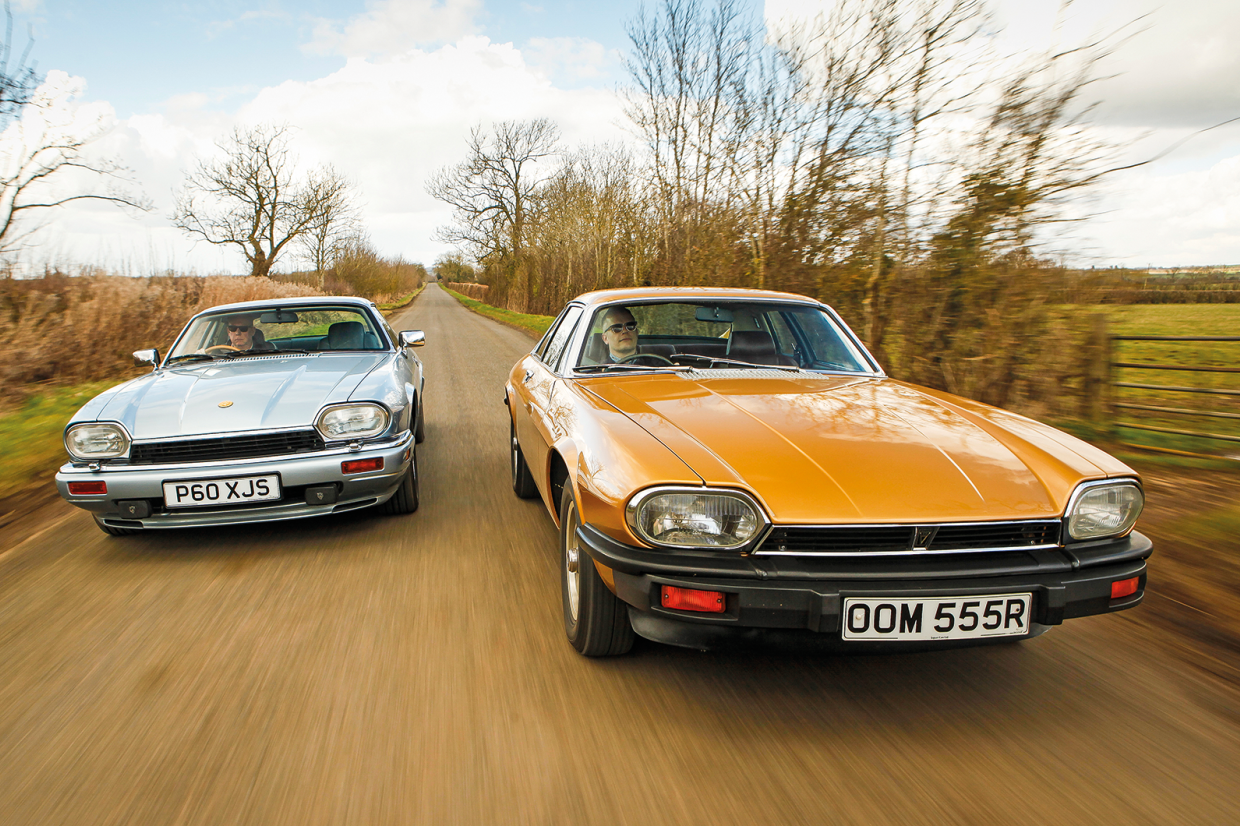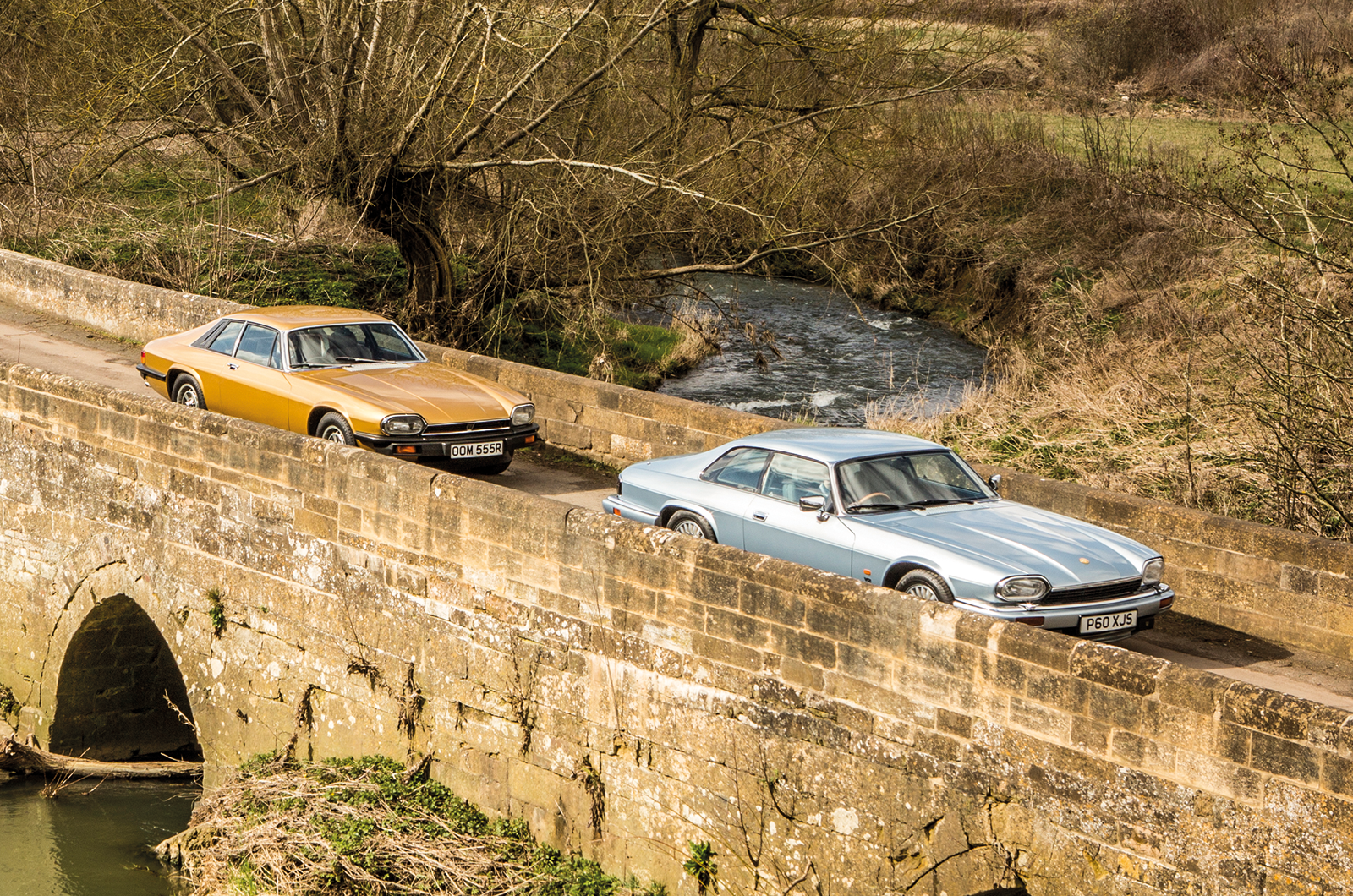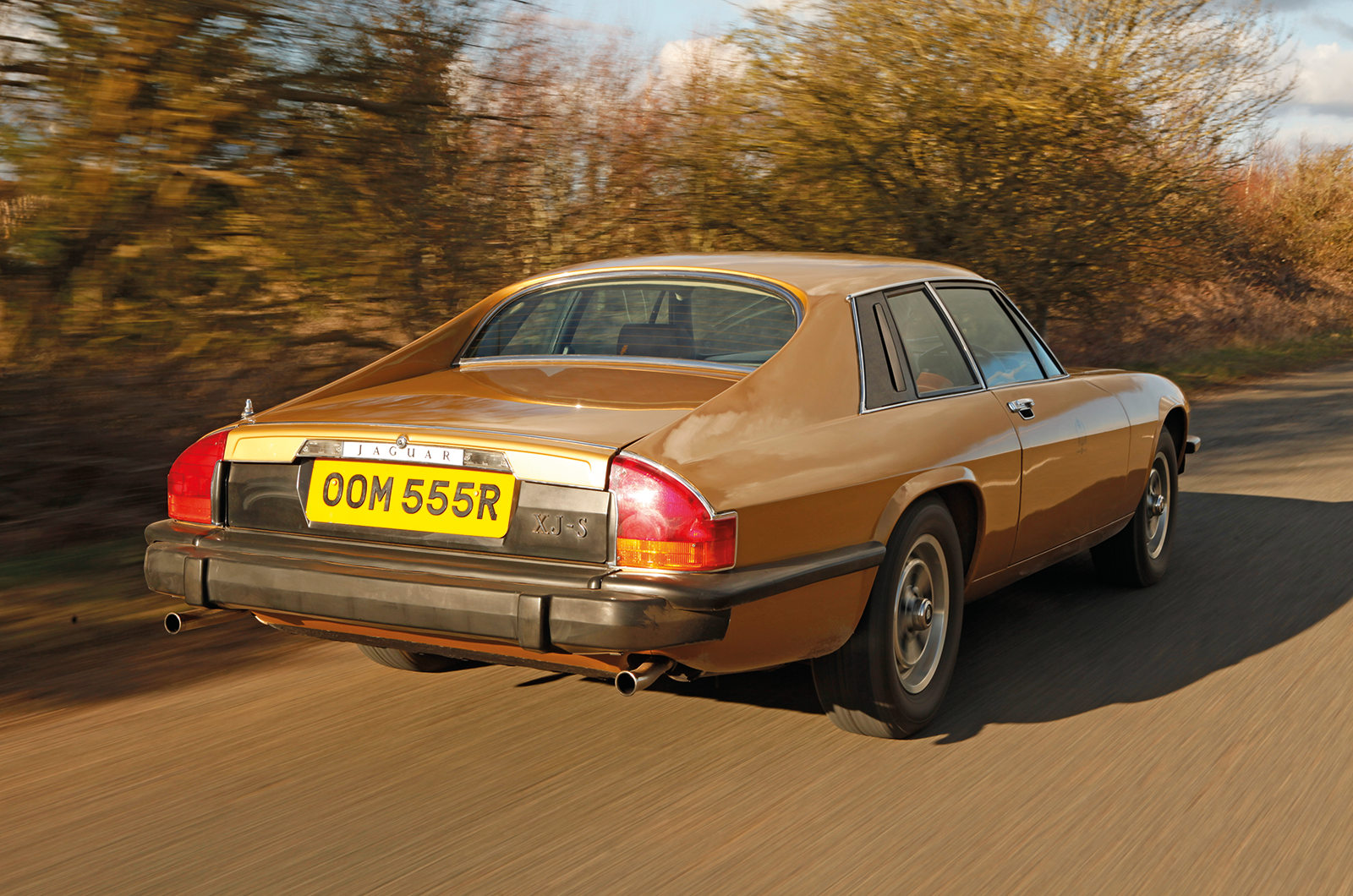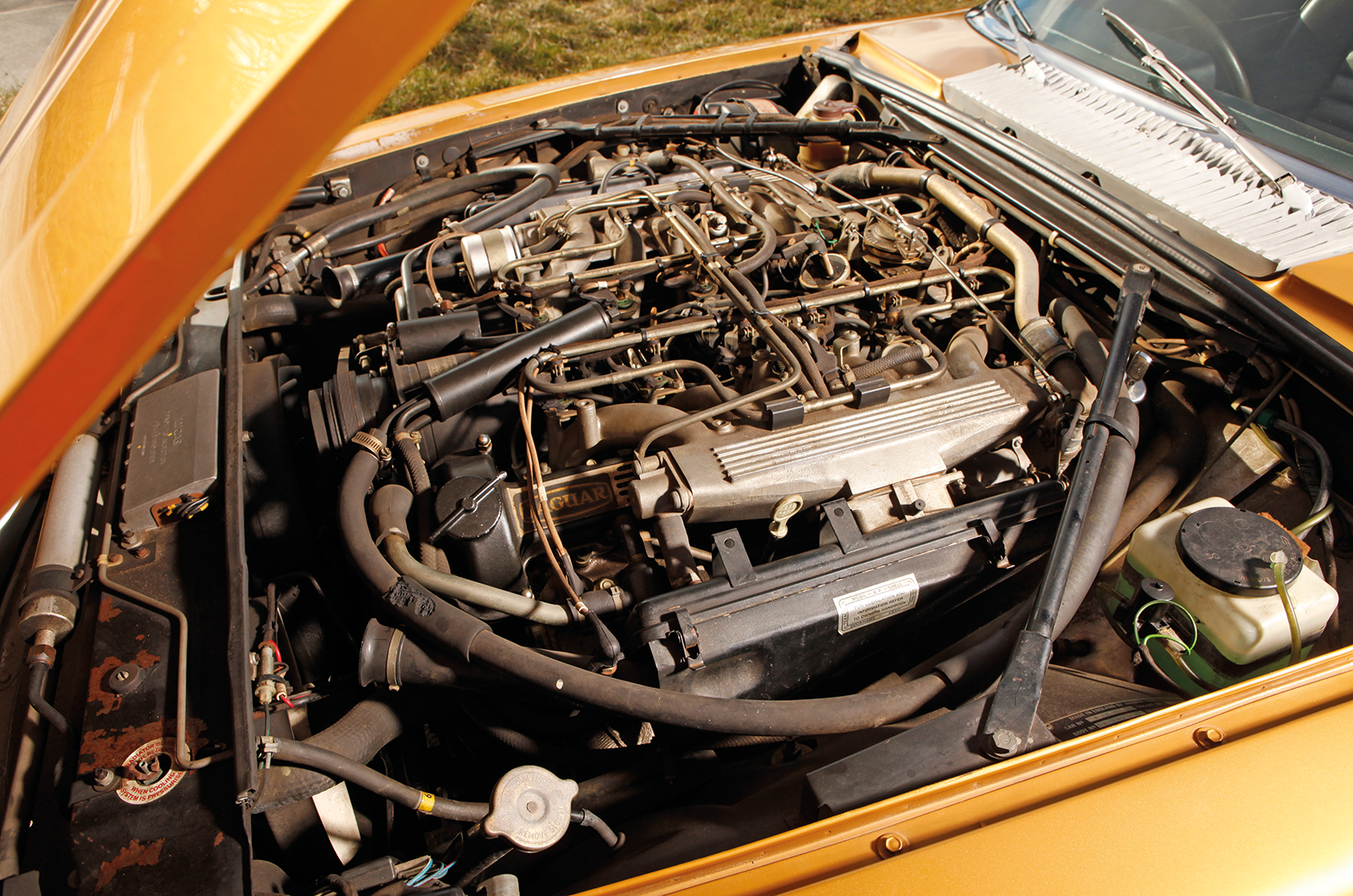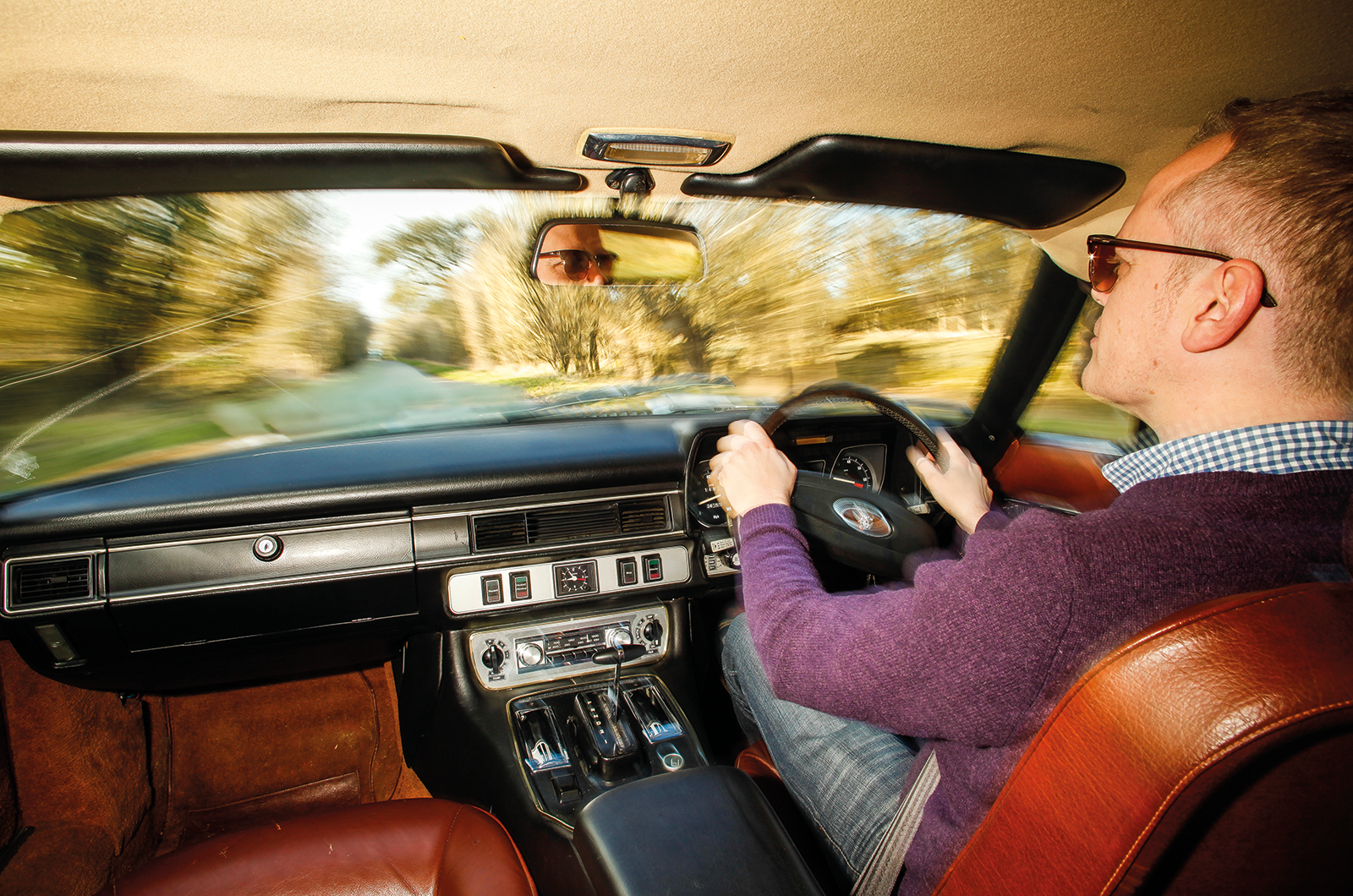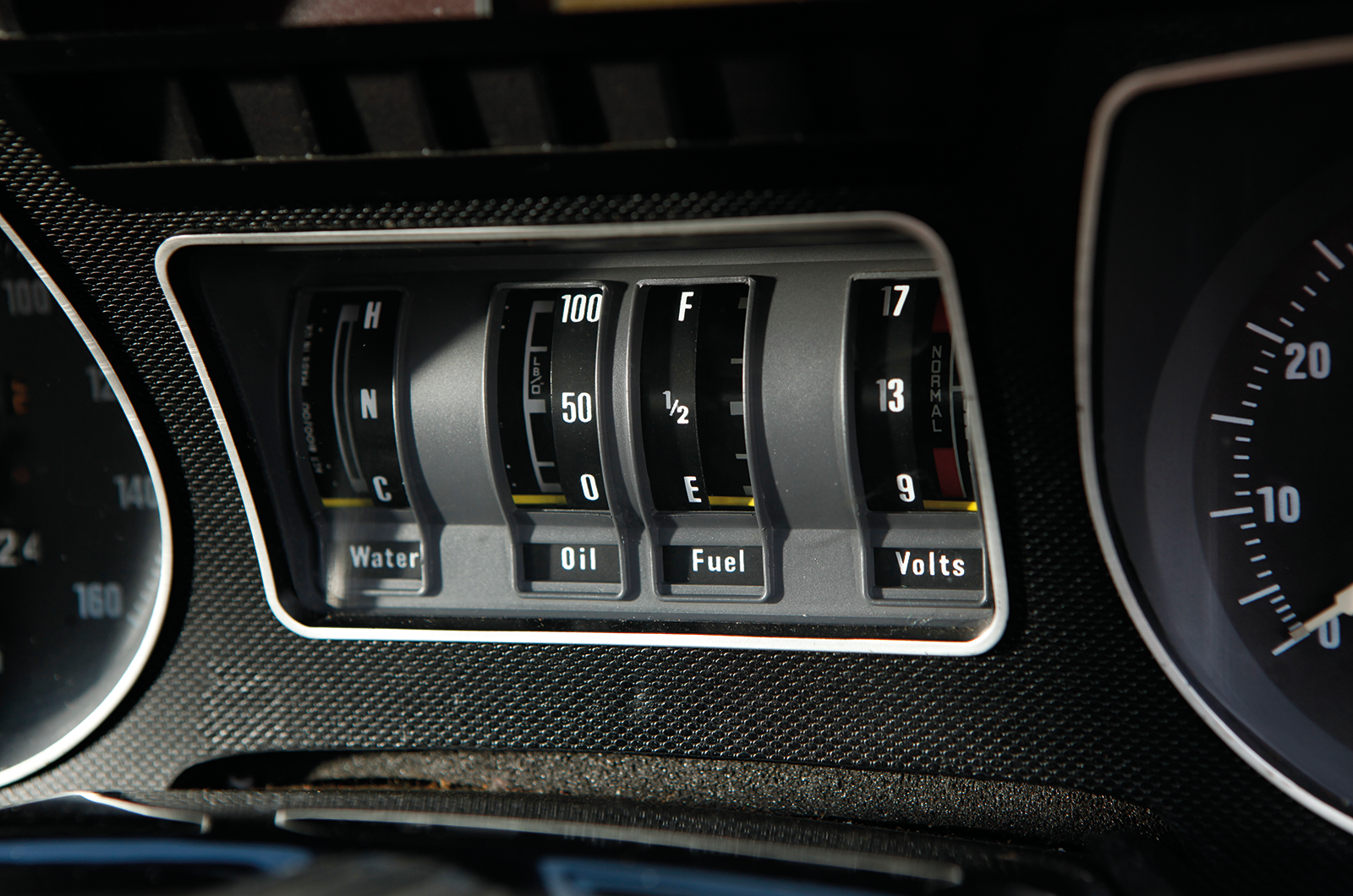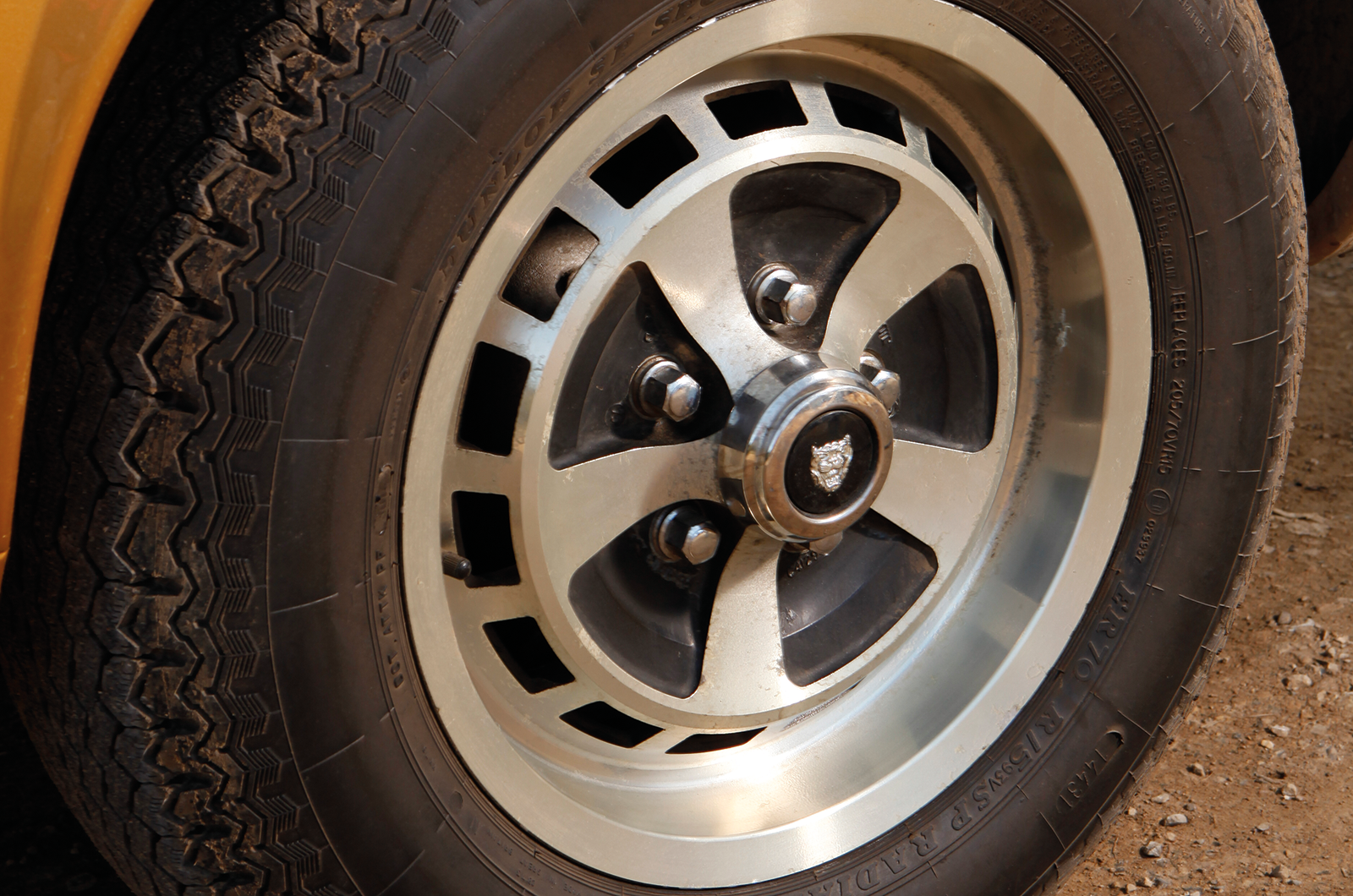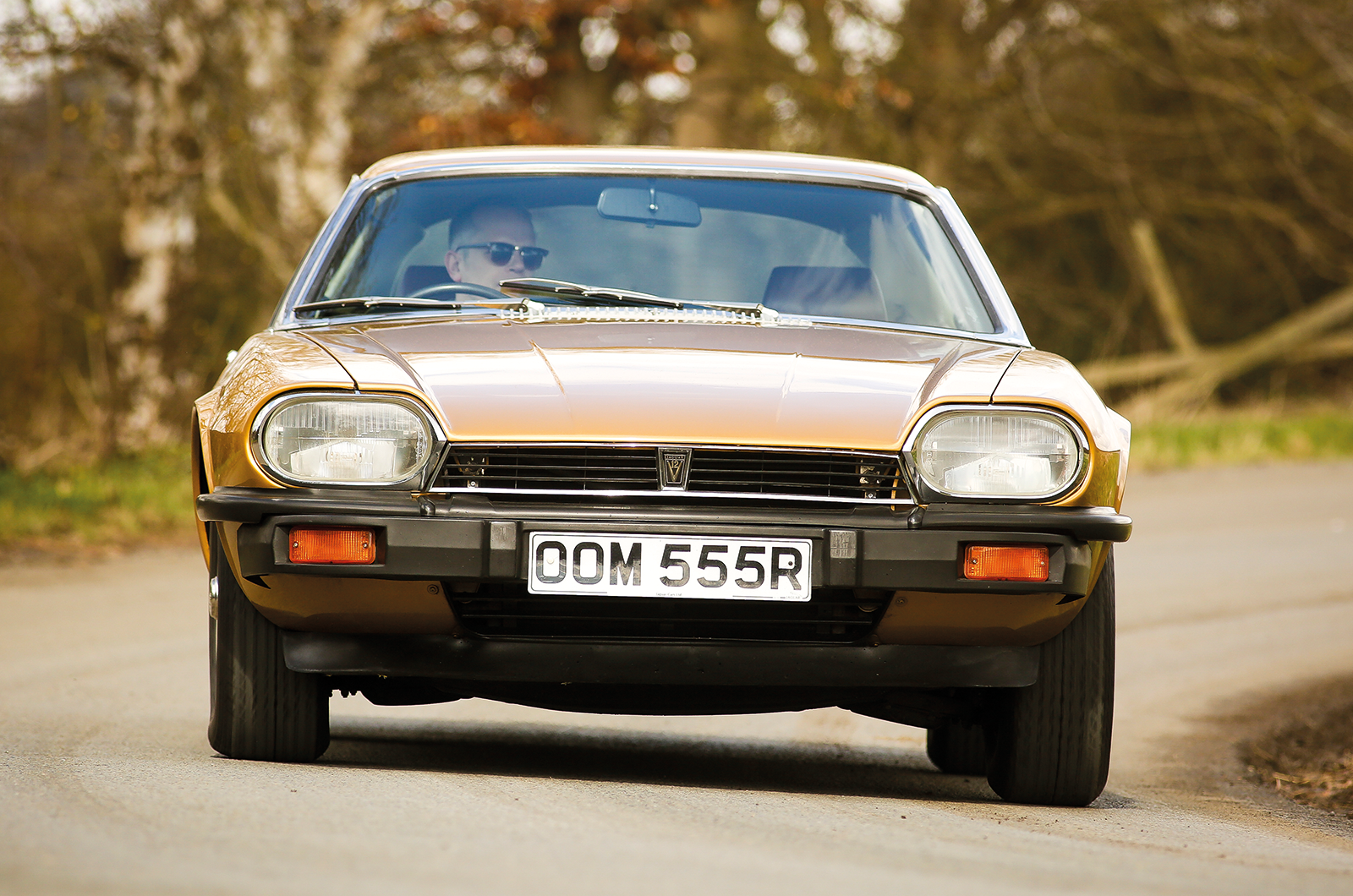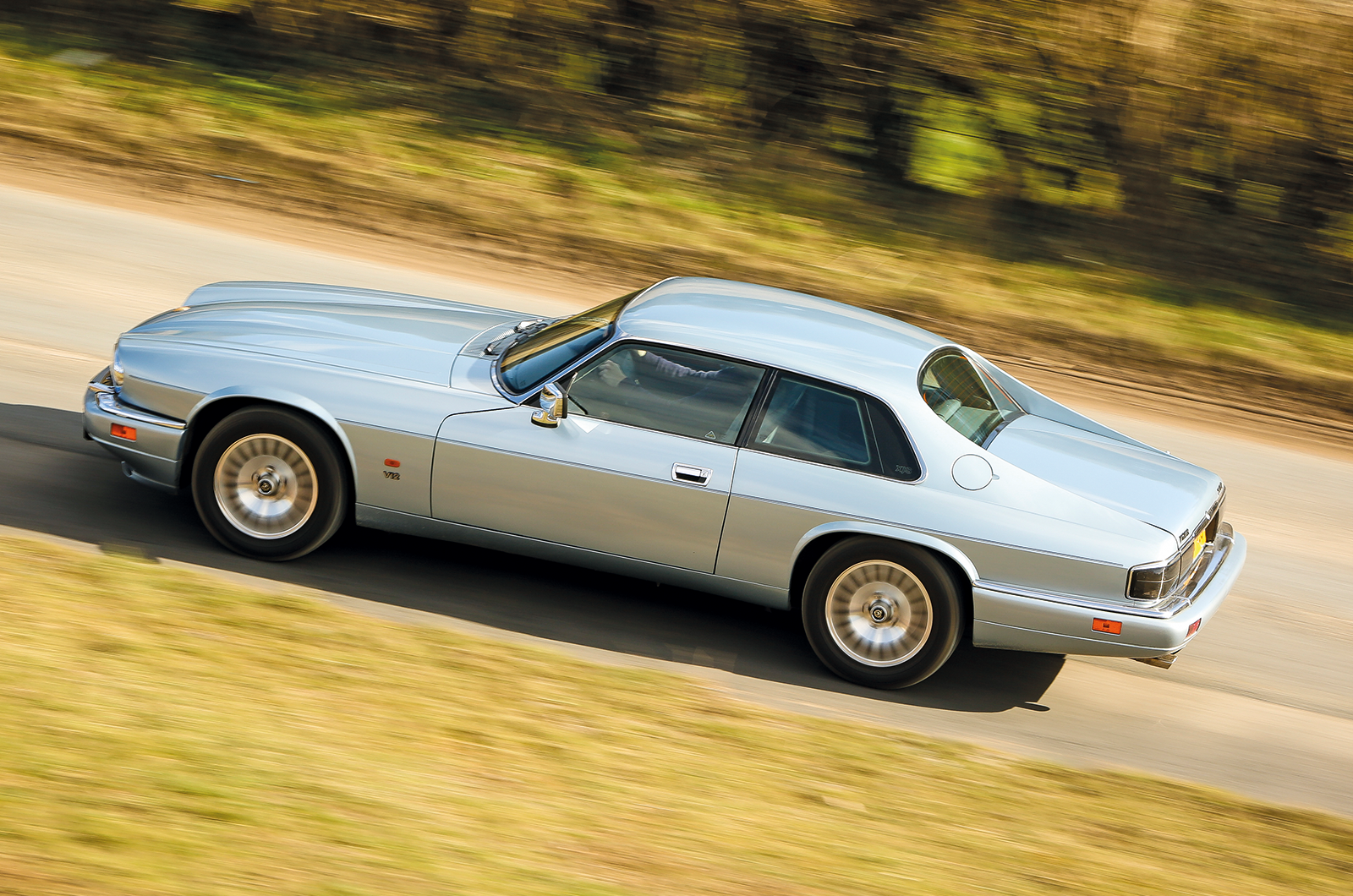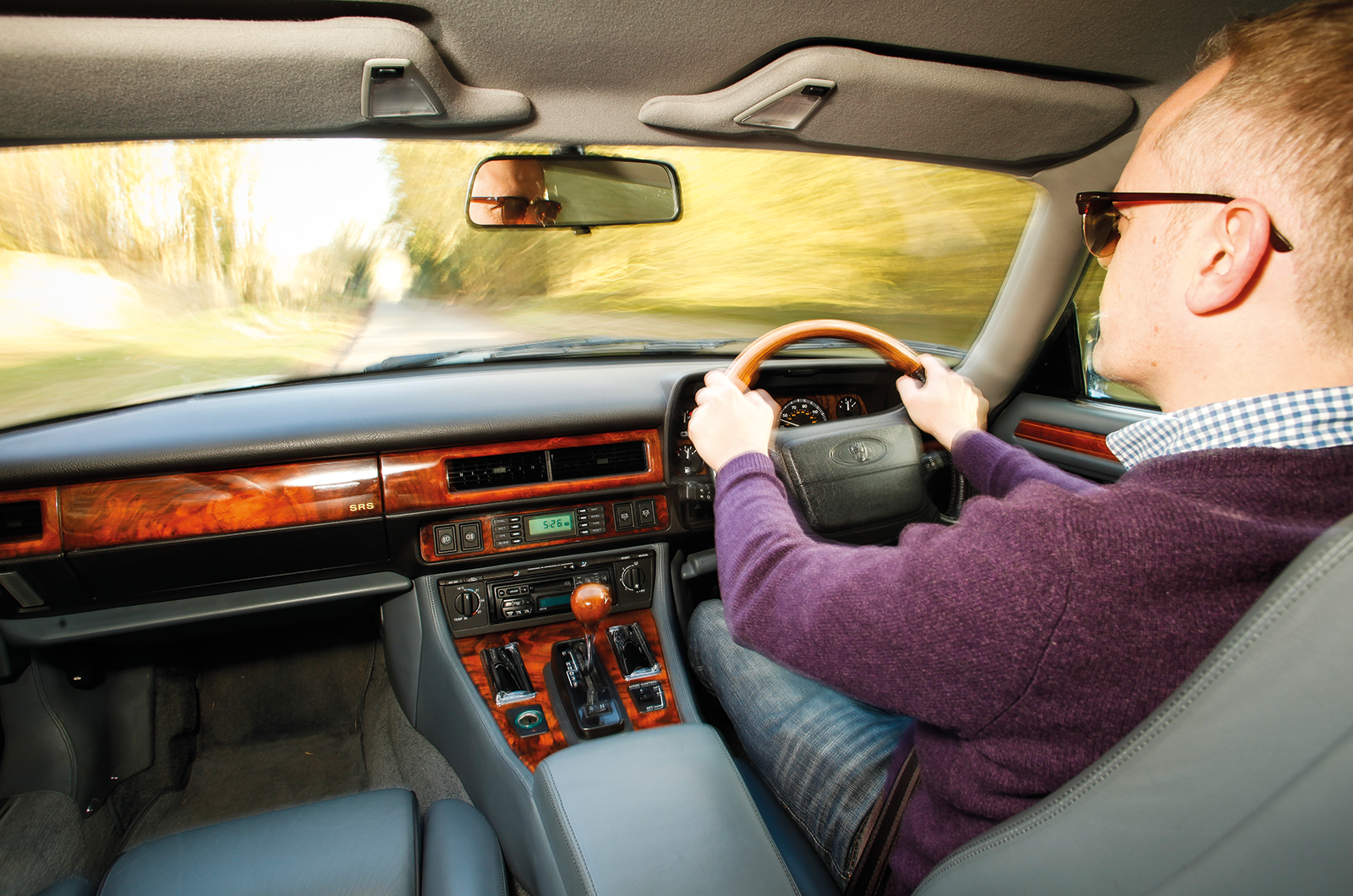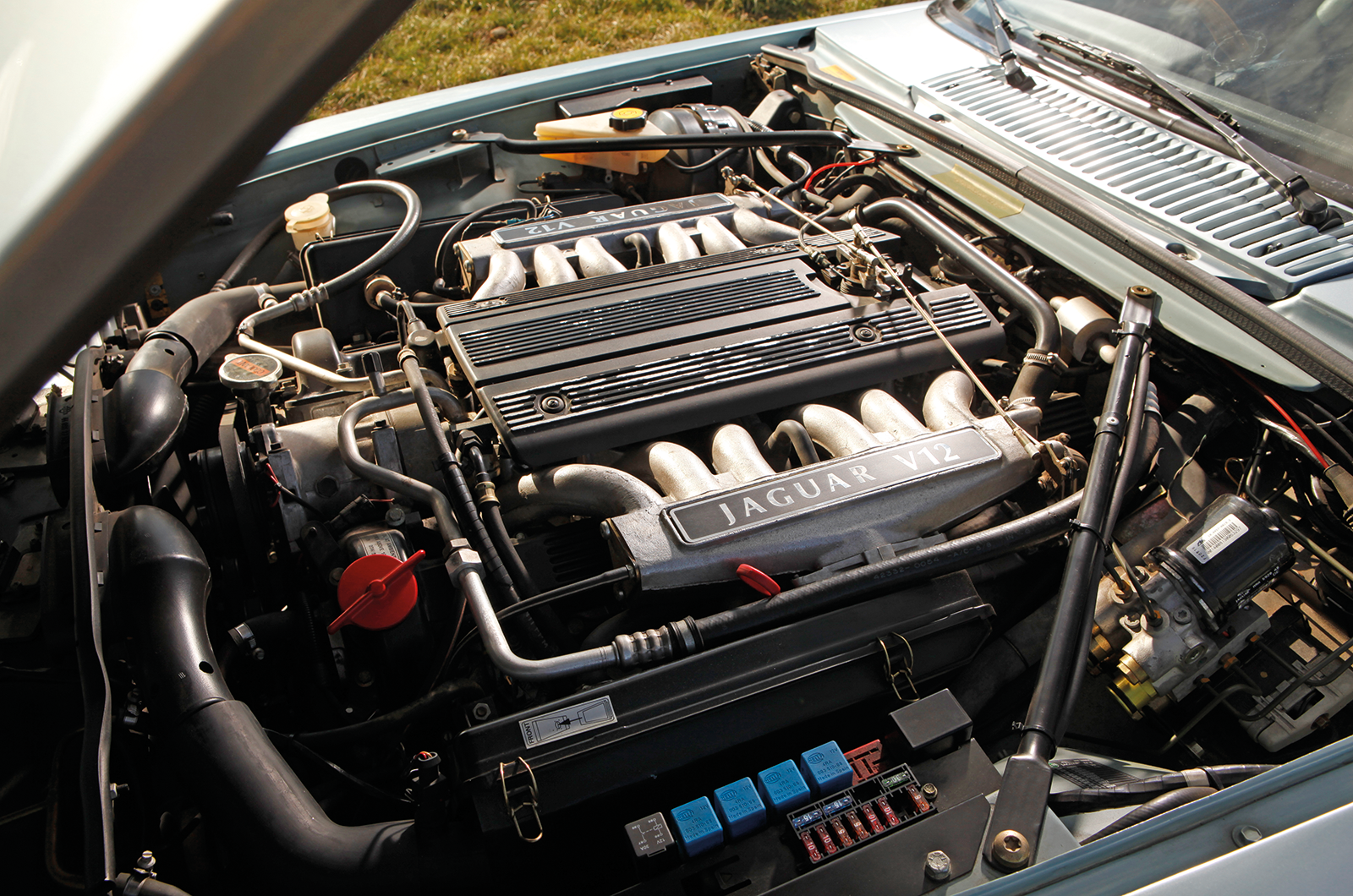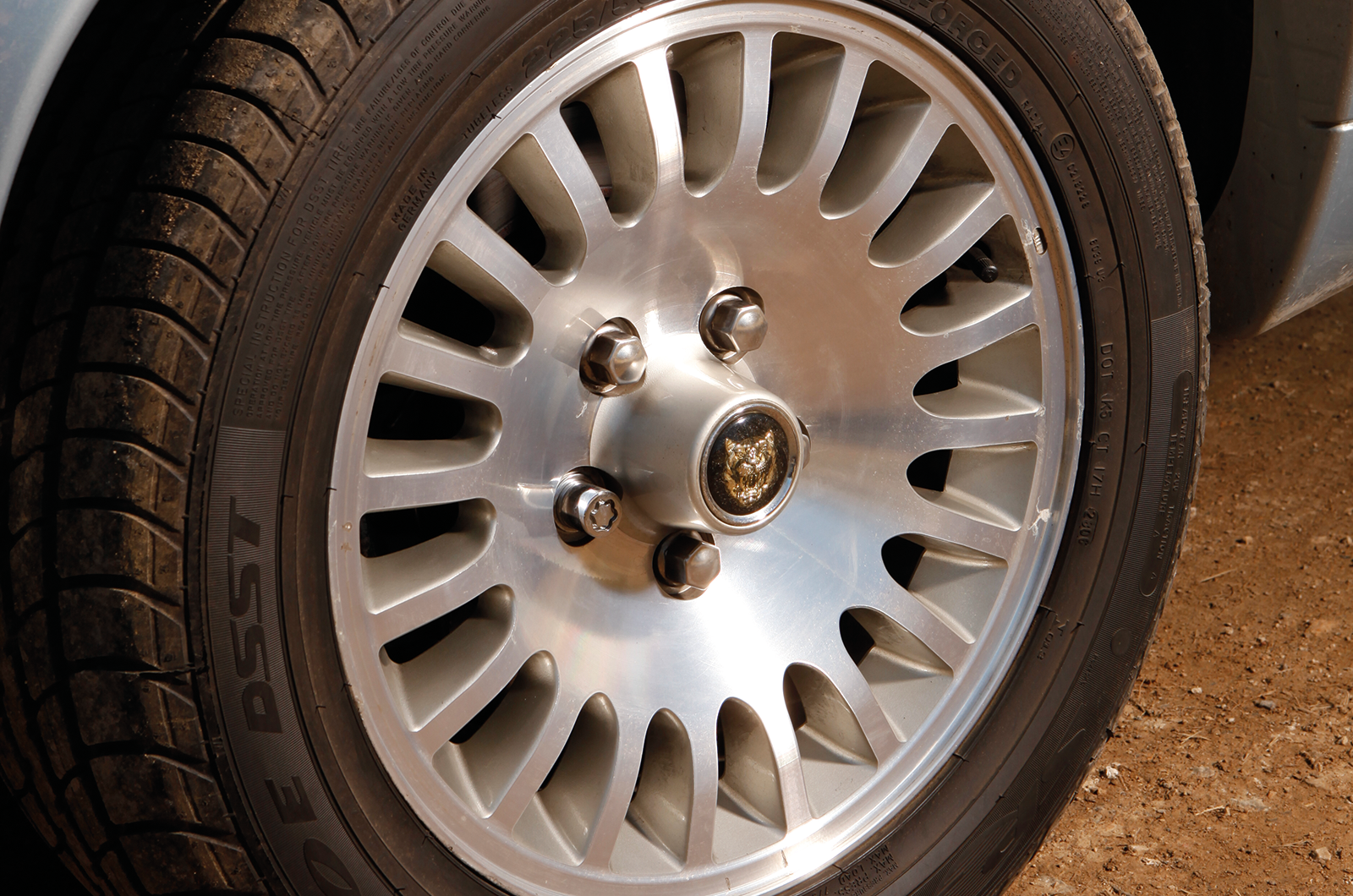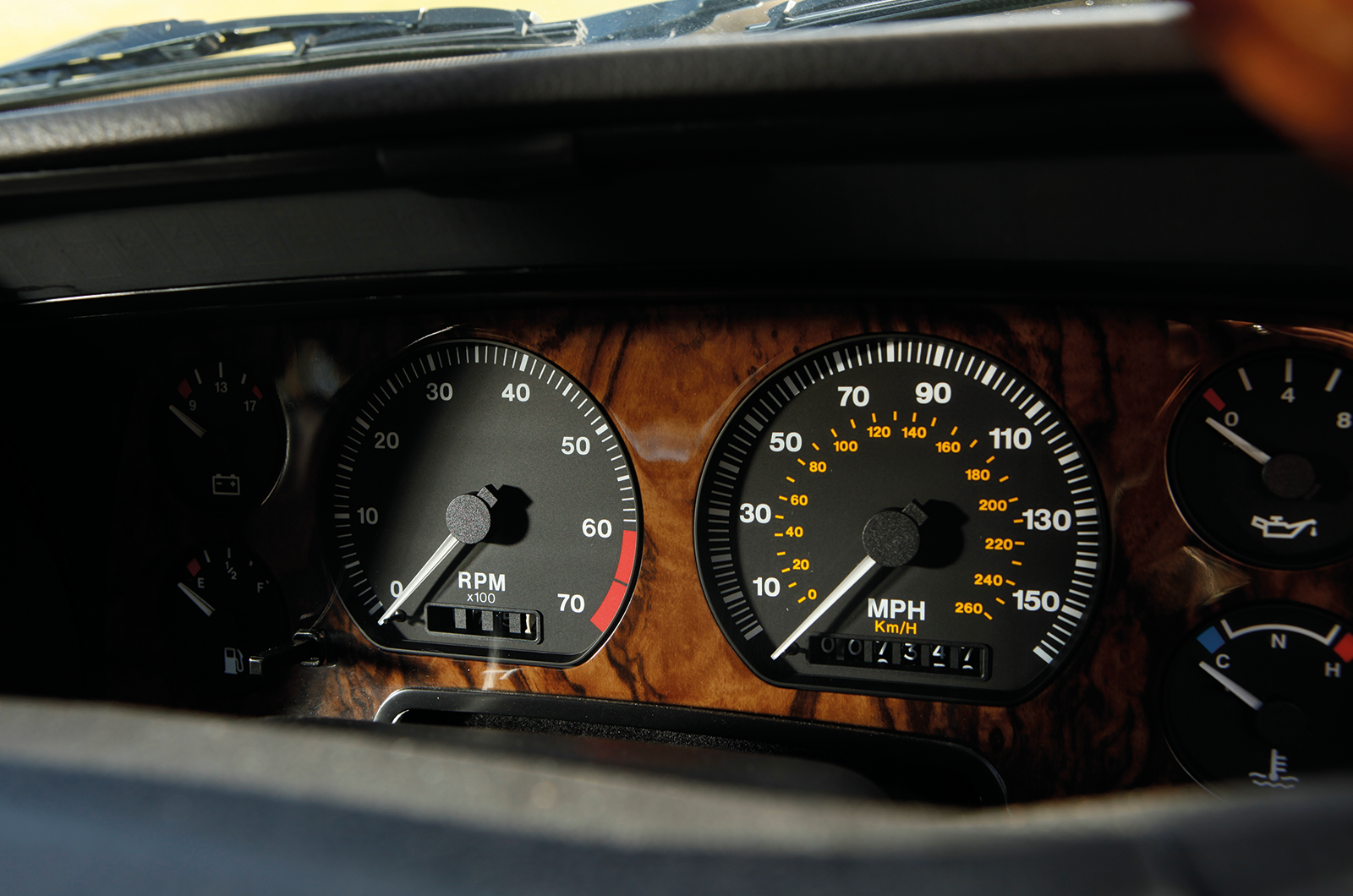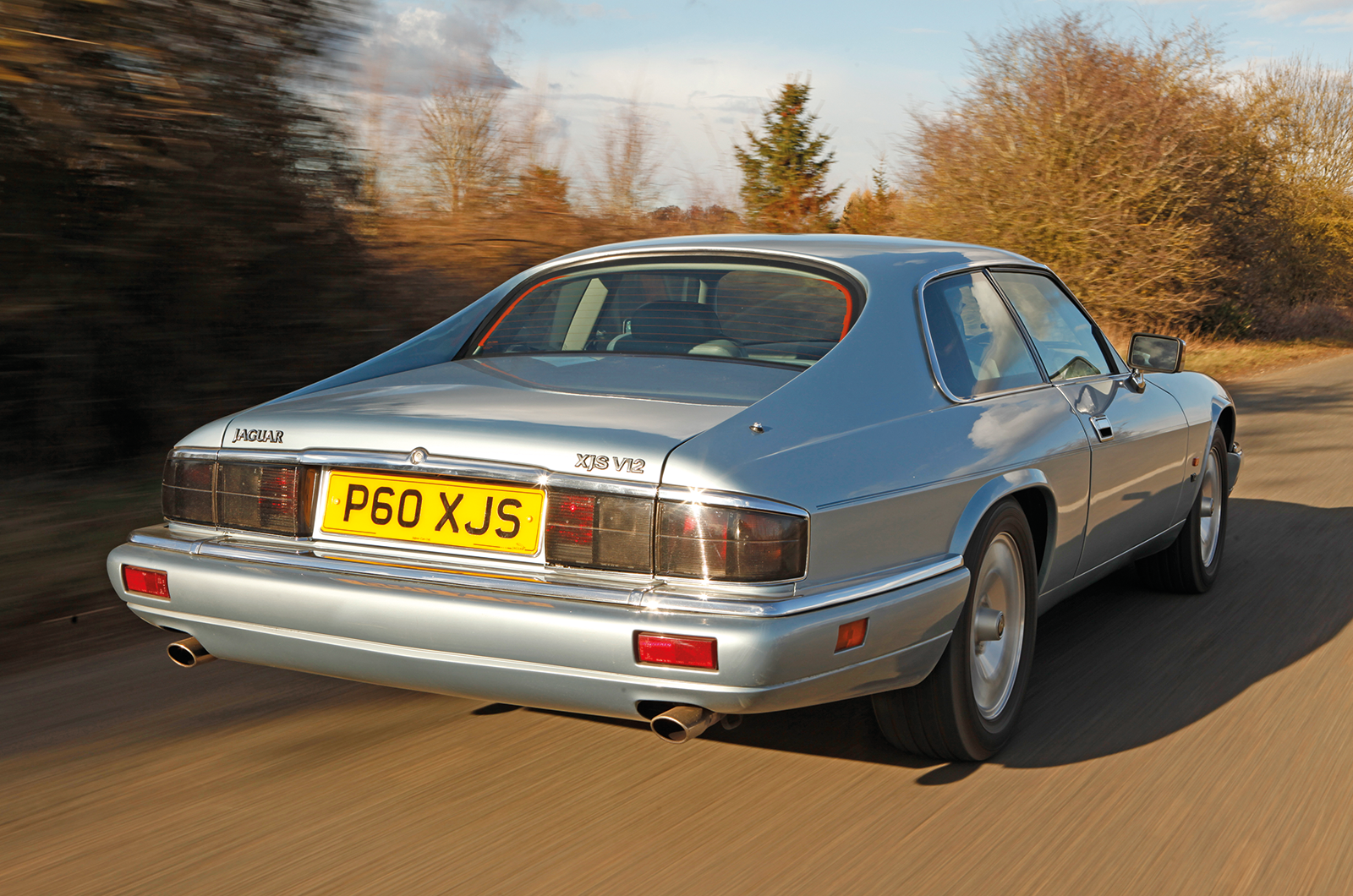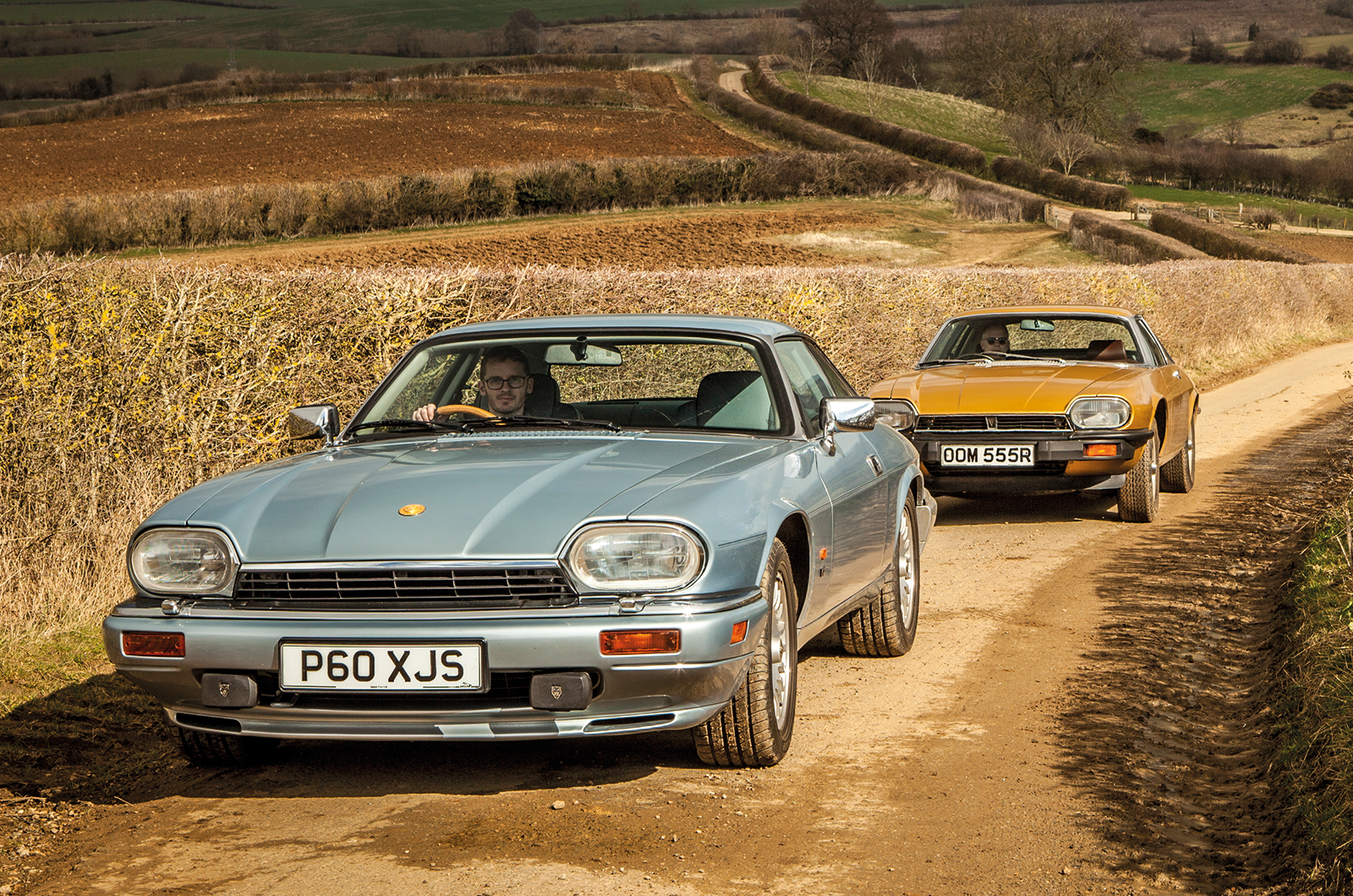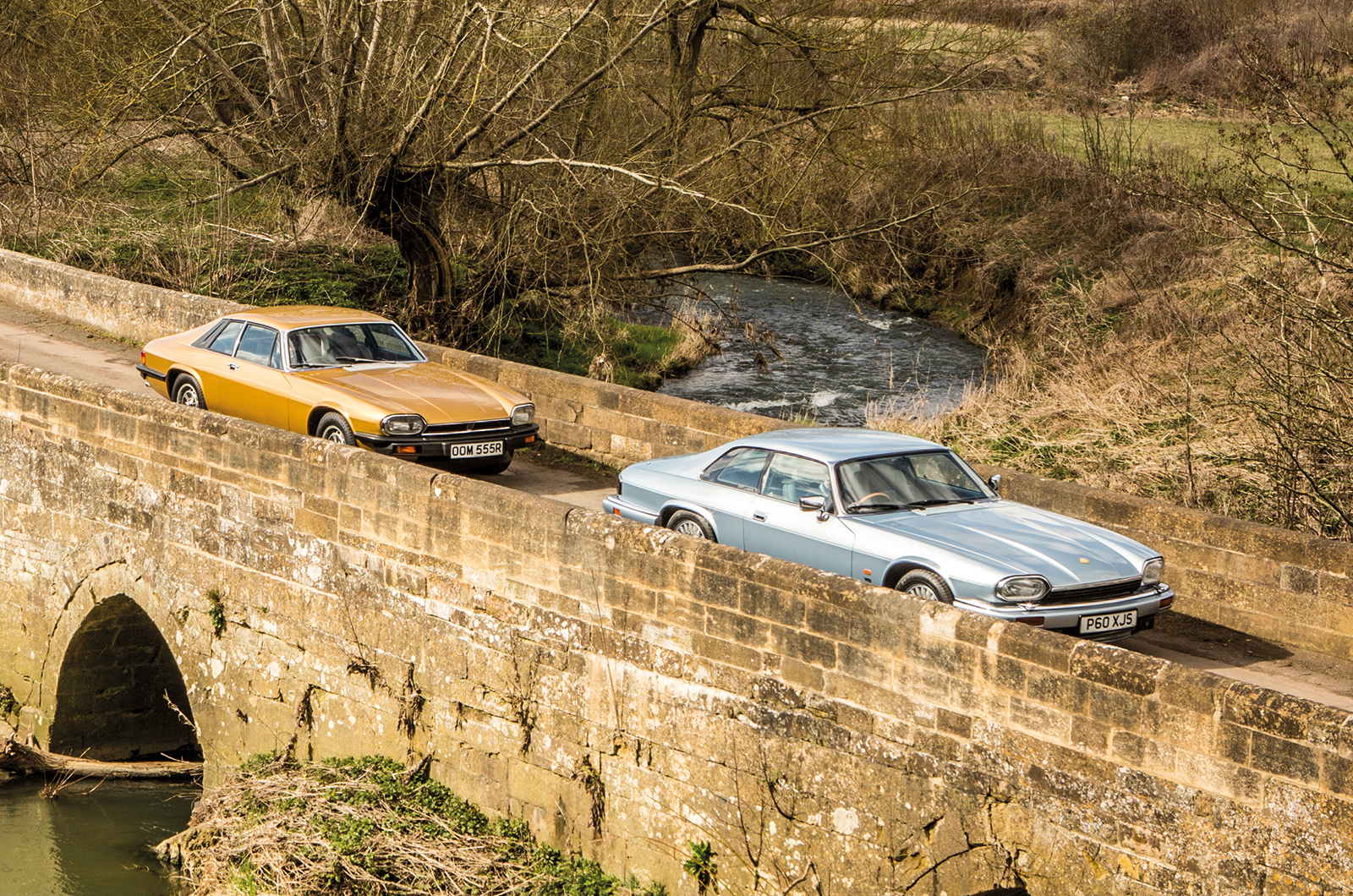It’s almost eerie, not least because there is little wind noise or tyre roar, unlike in the older car.
You feel cocooned but never detached from the action.
While the early car will stick to its line, there is always the nagging suspicion that, once the tail steps out, it will likely take out a small cottage before you’re able to gather it back up again.
A Cotswold road trip shined a light on this pair’s forgotten charms
The later car corners flat, while the steering is light yet more communicative.
The brakes – four-piston front calipers as before, but with floating calipers at the rear – also stop the car four-square without it ever threatening to spill.
It feels stiffer (early examples suffered scuttle shake that was alleviated by cross-bracing), but without compromising the ride quality.
Time spent with both Jaguars on all kinds of roads, and in all weathers, leads you to conclude that the XJ-S has been poorly served by history.
It was clearly a good car to begin with, but it matured over time to become the machine it always should have been: a devastatingly capable GT that still stacks up.
The barometer at C&SC, however, is would you want to own one?
Tellingly, more than one member of this parish admitted to scouring the classifieds and online auction sites following our photoshoot.
That should speak volumes.
Images: Tony Baker
Thanks to: Tony O’Keeffe and Jaguar Heritage
This was first in our July 2015 magazine; all information was correct at the date of original publication
Factfiles
Jaguar XJ-S V12
- Sold/number built 1975-’81/61,209 (all V12s)
- Construction steel monocoque
- Engine all-alloy, sohc-per-bank 5343cc 60º V12 with Lucas-Bosch fuel injection
- Max power 285bhp @ 5800rpm
- Max torque 294lb ft @ 3500rpm
- Transmission BW three-speed automatic or Jaguar four-speed manual, driving rear wheels via a Powr-Lok limited-slip diff
- Suspension independent all round, at front by semi-trailing wishbones, coil springs, anti-roll bar rear lower wishbones, driveshafts as upper links, radius arms and twin coilover dampers
- Steering Adwest rack and pinion, with hydraulic assistance
- Brakes vented discs, inboard rear, with servo
- Length 15ft 11¾in (4870mm)
- Width 5ft 10½in (1790mm)
- Height 4ft 1⅗in (1260mm)
- Wheelbase 8ft 6in (2591mm)
- Weight 3718lb (1686kg)
- 0-60mph 6.7/7.5 secs (manual/auto)
- Top speed 153/145mph
- Mpg 11-14
- Price new £8900
Jaguar XJS 6-litre
Where different from XJ-S V12
- Sold/number built 1993-’96/772
- Engine 5994cc
- Max power 301bhp @ 5350rpm
- Max torque 355lb ft @ 2850rpm
- Transmission GM three-speed automatic
- Brakes outboard rear discs
- 0-60mph 6.6 secs
- Top speed 161mph
- Price new £50,500
Enjoy more of the world’s best classic car content every month when you subscribe to C&SC – get our latest deals here
READ MORE
A question of taste: BMW 635CSi vs Jaguar XJ-S vs Bitter SC
Subaru SVX: Japan’s XJS-beater
Driving the cars of The Saint: Volvo P1800, Jaguar XJ-S, Jensen Interceptor and Volvo C70
Richard Heseltine
Richard Heseltine is a long-time contributor to Classic & Sports Car
